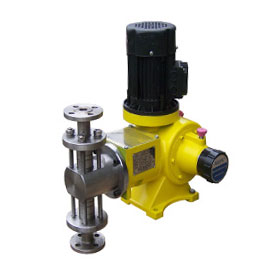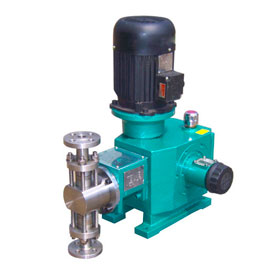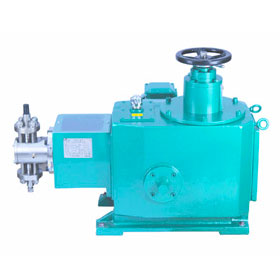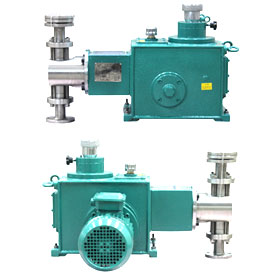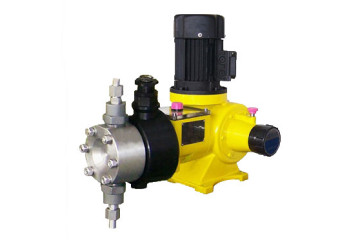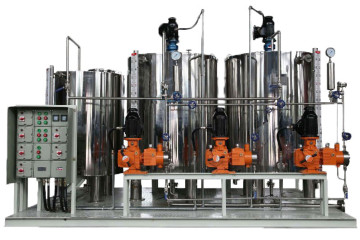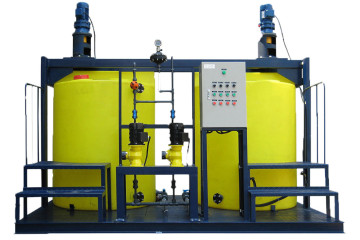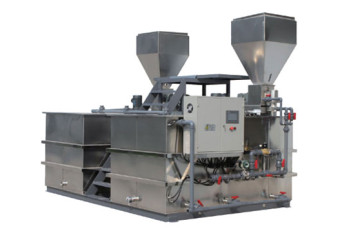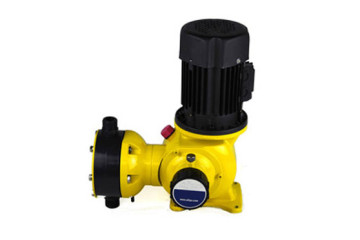Piston Pump Introduction
A piston pump is a type of reciprocating pump that is designed to pump liquids using one or several reciprocating pistons. The pistons are usually driven by an electric motor through a crankshaft and an electric motor.
Although there are several types of the piston pump, they all use at least one piston that moves within an enclosed cylinder. The pistons usually have one or several o-rings on the periphery, to seal against the cylinder as the pistons are moving. The alternating backward and forward motion of the piston in the cylinder draws fluid into the cylinder and then pushes it out under high pressure as the cylinder’s volume becomes progressively smaller and then larger as the pistons reciprocate.
The flow rates for piston pumps generally work within a range of 5 gallons per minute to 700 gallons per minute, while total pressure (head) ranges from 50 psi to 5,000 psi. Horse power for piston pumps ranges from 1 hp to 500hp.
How It Works
As with most positive displacement pumps, the piston pump uses the force of the pumping action to contract and expand and internal movable quantity of fluid. The power that drives the piston is usually delivered by an electric motor or an internal combustion engine. However, other power sources may be used. In some primitive forms of the piston pump, the pistons may be driven by wind, flowing water, or by hand. The motion behind the pistons is normally rotational.
Check valves on both sides of the pumping cavity prevents the liquid from flowing in the opposite direction. The pumps can have several sets of check valves. A piston pump with two pistons and two sets of check valves is known as a duplex pump.
Piston pumps can either be single acting or double acting. A double acting version of piston pump engages liquid on both sides of the piston and two sets of check valves on either side of the piston. As the piston takes in liquid into one side, it empties the other side. Therefore each time the pistons move in one direction from one end to the other, a complete pumping cycle is achieved. In single acting versions, the piston has to move in both directions to complete a full pumping cycle.
Applications
Piston pumps are employed as hydraulic pumps to power heavy machines, and they are also used in smaller machinery like paint sprayers. Other more robust and larger versions are employed in other industrial applications such as oil production. Radial and axial pumps, which comprise of several pistons arrayed in a cylinder block are employed in advanced and high-tech industrial applications.

